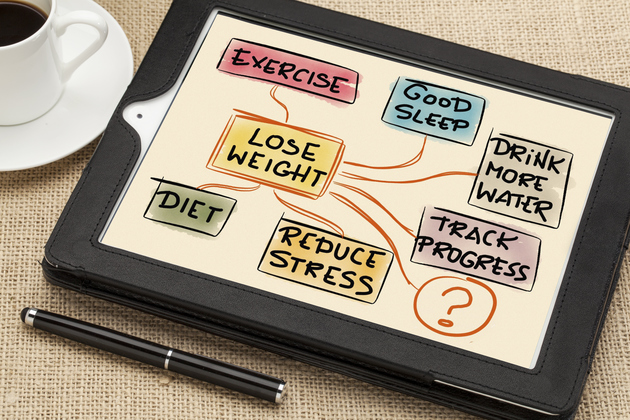Know What Vegetarians Eat Before Becoming a Vegetarian
Surely you have met such people; someone becoming a vegetarian and within no time quickly reversing the decision. The usual reasons cited include: lack of variety in vegetarian foods; difficulty in planning meals based on individual calorie needs and of course lack of motivation to continue with this rather difficult lifestyle choice – especially when someone is used to eating meat from birth.
The scenario mentioned above is common – especially amongst those who make such radical switchovers in their food habits without having any in-depth knowledge of what vegetarianism entails and the options available. To an average meat-eater, the first aspect of vegetarianism that seems most puzzling is what do vegetarians eat? Does becoming a vegetarian mean simply living on fruits, vegetables, nuts, seeds and grains? Even if it so, how much quantity would make the daily meals balanced, nutritious and most importantly suit the personal health needs?
First of all, you have to remember that becoming a vegetarian need not entail living on soy foods or nuts and grains, etc. Depending on the type of vegetarian you have chosen to be, you could have fish (piscetarian); eggs and milk (lacto-ovo vegetarian) or even continue to enjoy organic meat once in a while (flexitarian).
Becoming a vegetarian: how to decide what to eat and in what quantity?
If this is your primary dilemma, rely on the vegetarian food pyramid or the vegan food pyramid for necessary guidance in the matter. Of course, there is a separate set of rules for people who opt for the raw food lifestyle – though you could find the necessary help if you are a raw vegan, in the vegan food pyramid.
Here are some salient features about vegetarian food pyramid:
• Food substitution is a key concept while interpreting a vegetarian food pyramid. For example, if you are a piscetarian, you could substitute several foods with fish, so long as their calorie values match.
• A healthy vegetarian diet plan should ideally contain three main food groups: protein, vitamins and carbohydrates. The portion sizes of each of these food groups would vary according to the individuals’ age, gender, level of daytime activity and of course the overall health condition.
What should you know about the vegan food pyramid?
• Foods appearing in the bottom portion of the pyramid should be consumed in larger quantities than foods on the tip of the pyramid. The same rule applies to the vegetarian food pyramid also.
• Proteins and calcium are provided by legumes, nuts, soy and soy products.
• Make sure that you also consume supplements of vitamin B 12 and vitamin D while following the vegan food pyramid in case you do not normally spend too much time in the sunlight.
Though eating raw forms an essential part of following the raw food lifestyle, this way of life also involves participating in a host of other complementary activities for better upkeep of mental and physical health.
As is evident, before becoming a vegetarian, get familiar with the flexibility vegetarianism offers – so that you remain a vegetarian for a long time.
-
The Importance And Confusion Of Fat In Your Diet
Fats are always looked at as a negative in a diet...well in almost all
-
Thousands Can’t Be Wrong: The Truth About Abs
Even the greatest gym junkie will tell you that a six pack is nearl
-
Water Diet to Lose Weight
Do you know that with water diet you don’t have to cut the usual foods
-
Thin Down Cream - Is It Really Powerful Or Just A Rip-Off?
As a matter of fact, when you talk about
-
Measuring Fat and Weight Loss: More Than Stepping on the Scale
In light of the constant stream of fad diets and the increasing concer
-
Hear What Your Diet Pills Say
Used a diet pill recently and got depressed because you didnt lose wei
- DON'T MISS
- 4 Ways Intermittent Fasting Can Help You Burn Fat
- Tax Shifting And Environmental Economics
- The Land Of Make Believe
- EMS Fitness Belt
- Reduce Stress And Anxiety With Kava Herb
- Unexplained Weight Loss in Women
- Cannot Touch Your Toes Anymore? Try These Simple and Free Weight Loss Tips!
- Boot Camp - Efficient, Time Saving And Fun
- The Benefits of a Weight Loss Clinic at your Door
- Chris “Mean” Green’s Lose The Gut, Keep the Butt Fat-Burning Leg-Shaping Workout




